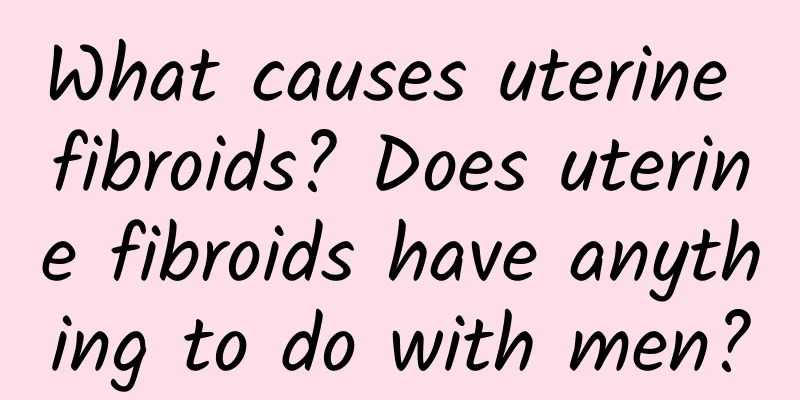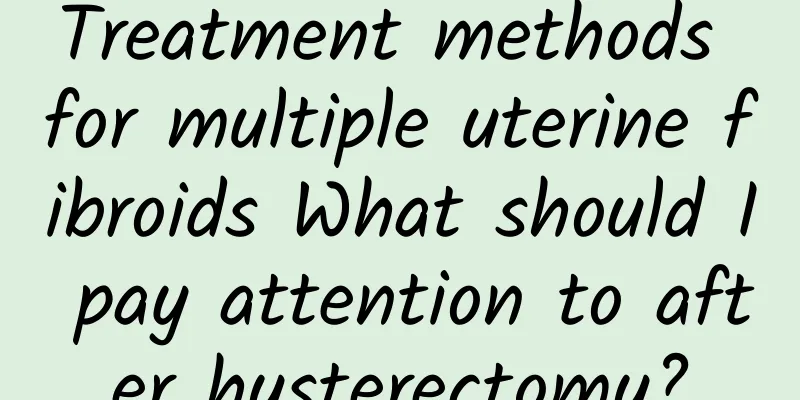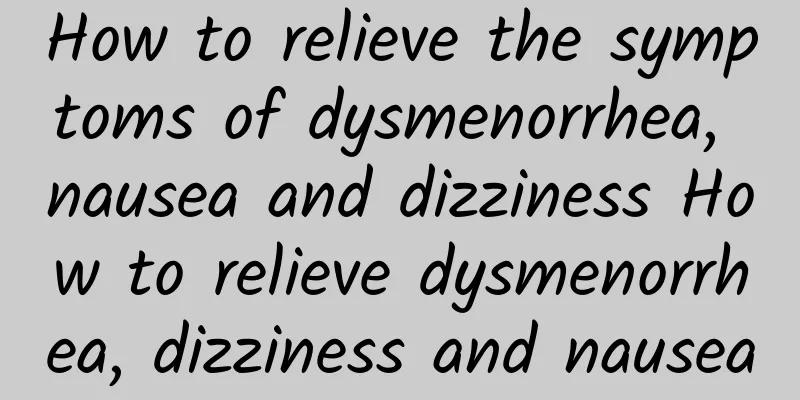Symptoms of Polycystic Ovarian Syndrome

|
Polycystic ovary syndrome is the most common endocrine metabolic disease in women of childbearing age. The more typical symptoms are: First, menstrual disorders, which are the main symptoms of polycystic ovary syndrome, manifested as infrequent menstruation, that is, prolonged cycle, scanty menstruation, or even amenorrhea, can also be manifested as irregular uterine bleeding, menstrual cycle, menstrual period or menstrual volume without regularity. Second, hirsutism, patients may have varying degrees of hirsutism, which is an important manifestation of increased androgen. Third, excessive secretion of sebaceous glands, acne may occur. Fourth, obesity, about 50% of patients have a body mass index exceeding normal, and they are abdominally obese, which is related to insulin resistance and excessive androgen. Fifth, infertility, this is because women of childbearing age do not ovulate, which can cause infertility. Polycystic ovary syndrome, because the cause is unclear and cannot be cured, can seriously affect the patient's quality of life, fertility and long-term health. How to treat polycystic ovarian syndrome If women with PCOS want to have children, they should first take Diane 35 to adjust the menstrual cycle, reduce hyperandrogenism, and treat hirsutism acne, etc., and then perform ovulation induction treatment after menstruation returns to normal. It often occurs during adolescence, and the main manifestations are menstrual disorders, continuous ovulation disorders, hyperandrogenism, hirsutism, obesity, infertility, insulin resistance, bilateral polycystic ovarian changes, etc. Because of ovulation disorders and anovulation, women are not easy to get pregnant or are prone to miscarriage after pregnancy. In addition, PCOS often causes endocrine and metabolic disorders, and women are prone to metabolic diseases, cardiovascular diseases, and endometrial lesions. PCOS is the main cause of anovulatory infertility and hyperandrogenism. Why Polycystic Ovary Syndrome Polycystic ovary syndrome is a common gynecological endocrine disease. Clinically, it is mainly characterized by infrequent menstruation or anovulation and high androgen levels. It is characterized by persistent anovulation and polycystic ovarian changes, often accompanied by insulin resistance and obesity. The cause of the disease has not yet been identified. It is currently believed to be related to certain genetic genes and environmental factors, as well as some bad living habits. Treatment includes lowering androgen levels, adjusting the menstrual cycle, changing insulin resistance, and promoting ovulation. For obese polycystic ovary syndrome, diet should be controlled and exercise should be increased to reduce weight and waist circumference, which can increase insulin sensitivity and reduce testosterone levels, thereby restoring ovulation and reproductive function. |
<<: What is the cause of polycystic ovary?
>>: How can I get polycystic ovary at the age of 18?
Recommend
Experts tell you the advantages of painless abortion
Painless abortion is a common abortion procedure ...
Introduce the common causes of cervicitis
Gynecological inflammations such as cervicitis gi...
What is the difference between medical abortion and miscarriage? How to choose between medical abortion and miscarriage?
The difference between medical abortion and misca...
What diseases can be easily confused with ectopic pregnancy?
Ectopic pregnancy is a highly harmful gynecologic...
Eat right to lose weight and enjoy balanced metabolism: 5 principles of diet
"How can I eat to lose weight?" is a qu...
Povidone-iodine is a disinfectant that is commonly used in clinical practice, but does povidone-iodine kill fungi?
Iodine tincture can kill fungi. Because iodine ti...
What are the causes of uterine fibroids?
Since many patients with uterine fibroids do not ...
Endocrine disorders are often the cause of dysmenorrhea
The cause of dysmenorrhea causes people to suffer...
Color Doppler Ultrasound Cannot Detect Adnexitis
Color Doppler ultrasound cannot directly detect a...
Many people are also concerned about how many times a woman can have a medical abortion?
At present, many women will choose medical aborti...
What are the common symptoms of adnexitis?
Adnexitis is a gynecological disease that is more...
Cervical erosion can be divided into many types according to different properties.
Cervical erosion can be divided into many types a...
What are the treatments for female cervical erosion? Female cervical erosion can try traditional Chinese medicine
Patients with cervical erosion are mainly women w...
Out of control appetite? Study: Eating 30 grams of pure dark chocolate a day will not cause cravings
It’s cold in winter, and you can’t resist the urg...
Can TCM diagnose abnormal leucorrhea?
TCM can diagnose abnormal leucorrhea and improve ...









